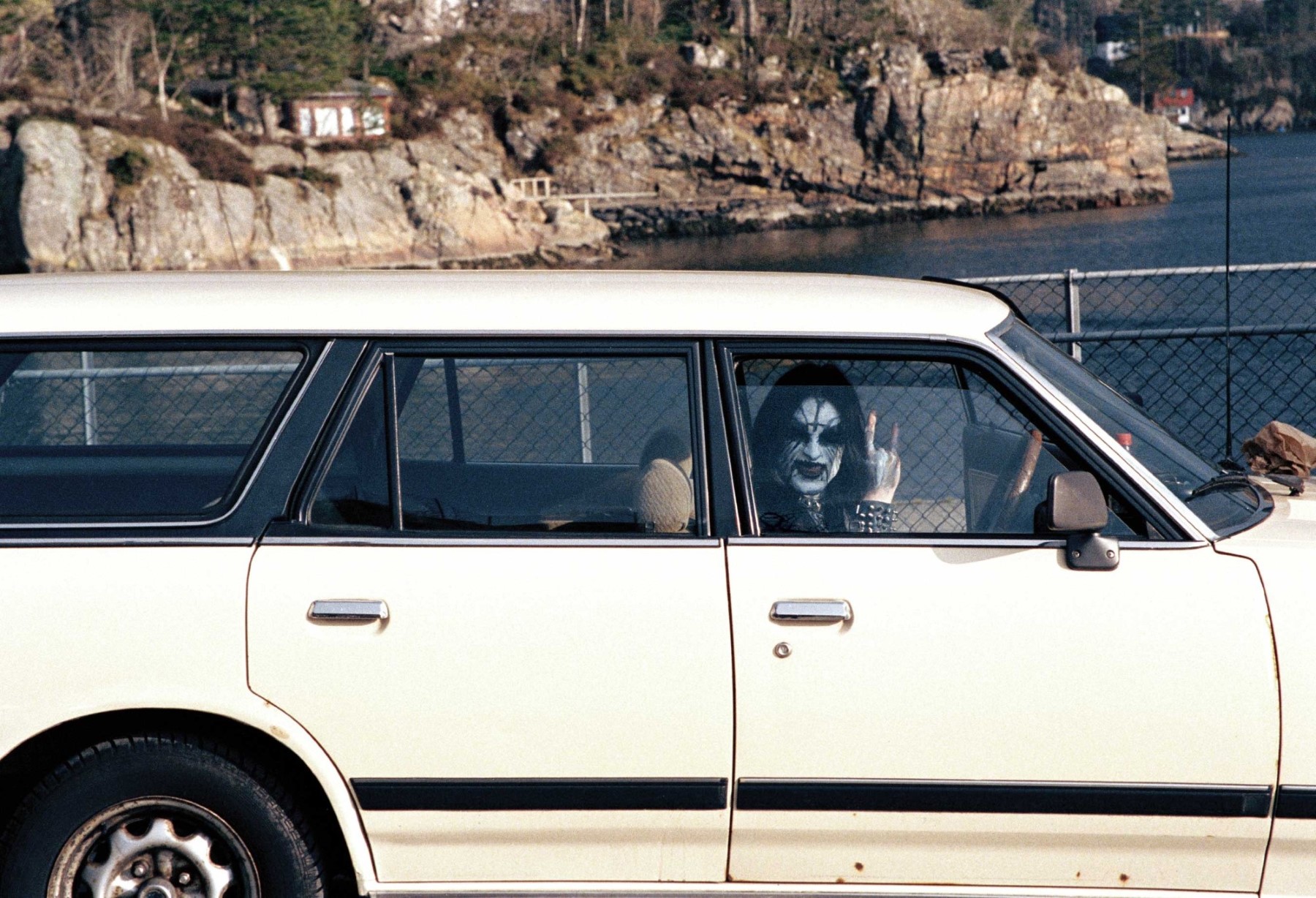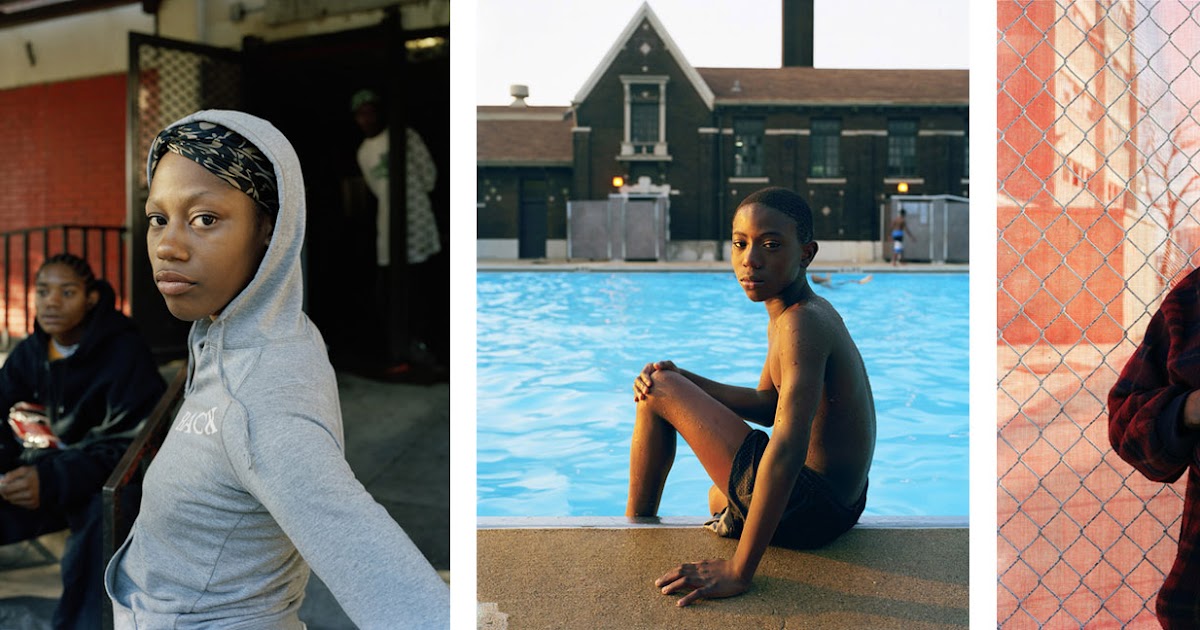I was especially interested in this discussion because an old colleague of Scott and mine, Daniel Etter, recently completed an embed himself with a US Medevac unit and worked on his story Medevac, which we are also featuring in this post. I thought to ask him what his view was on the current hubbub, given his own personal knowledge of the process and decision making, and to learn more about his own project. He wrote back with some thoughtful ideas and insights and we have chosen to publish the entire piece.
Category: Portfolios & Galleries
-
2010 – Part 4 of 4 – Postcards – The Golden Hour
-

Cairo Photographer Sees Hope in Turmoil: Scott Nelson Tells What It's Like – NYTimes.com
Cairo Photographer Sees Hope in Turmoil
Scott Nelson, who has been in Cairo for a decade, finds reason for very cautious optimism in the events that have upended his adopted home.
via Lens Blog: http://lens.blogs.nytimes.com/2011/01/30/cairo-photographer-sees-hope-in-turmoil/
Scott Nelson, 40, is a freelance photographer who works regularly for The New York Times. He’s from Denver but has been based in Cairo for a decade. For this post, he spoke with James Estrin late Saturday and followed that by elaborating on his experiences and expectations as a photojournalist and as a Cairo resident.
-

Cairo Photographer Sees Hope in Turmoil: Scott Nelson Tells What It's Like – NYTimes.com
Cairo Photographer Sees Hope in Turmoil
Scott Nelson, who has been in Cairo for a decade, finds reason for very cautious optimism in the events that have upended his adopted home.
via Lens Blog: https://archive.nytimes.com/lens.blogs.nytimes.com/2011/01/30/cairo-photographer-sees-hope-in-turmoil/
Scott Nelson, 40, is a freelance photographer who works regularly for The New York Times. He’s from Denver but has been based in Cairo for a decade. For this post, he spoke with James Estrin late Saturday and followed that by elaborating on his experiences and expectations as a photojournalist and as a Cairo resident.
-
Misha Erwitt: Street Smart « The Leica Camera
A native New Yorker, Misha Erwitt grew up around photography and some of the best photographers in the world and was incurably bitten by the photography bug. After a career that includes an 11-year stint as a staffer for the New York Daily News and a three-year association with Magnum shooting internationally, this brilliant L.A. based photographer now has a show at the Leica Gallery that he hopes to use as a springboard into the world of art photography. He modestly says he’s not an artist, but his engaging work proves otherwise. Here, in his own down-to-earth, unvarnished words, is his fascinating narrative.
-

PETER BESTE: "True Norwegian Black Metal" (2008)
Peter Beste’s ‘True Norwegian Black Metal’ (2008)
Leather, spikes, face paint, and brandished weapons are standard and go along with a clearly stated stance of outsider-dom.
King of Hell
Intro from True Norwegian Black Metal, 2008
By Johan Kugelberg and Peter Beste
Over the last two decades, a bizarre and violent musical subculture c
via AMERICAN SUBURB X: https://americansuburbx.com/2011/02/peter-beste-true-norwegian-black-metal.html
Photographer Mark Laita’s “Created Equal” is a series of portraits of Americans juxtaposed in rather provocative diptychs.
-

Rebuilding Lives in Former Soviet Lands: The Work of Bruce Haley – NYTimes.com
Rebuilding Lives in Former Soviet Lands
“Sunder” is a collection of photographs by Bruce Haley documenting the former Soviet republics. Mathew R. Warren describes its origins.
via Lens Blog: http://lens.blogs.nytimes.com/2011/03/04/rebuilding-lives-in-former-soviet-lands/
“Sunder” was released last week. Fifty-five black-and-white photographs depict a people and a landscape in flux. The haunting images, which were taken in various countries throughout the former Soviet Union, show abandoned industrial sites and decaying towns and villages. Children play in bombed-out structures; families toil in rural wastelands. A panoramic photo depicts a young man about to dive into the ocean from the top of a partially sunken warship. A piece of the broken hull pokes out of the water.
-

Elegy to a Small Idaho Town: Steve Davis Photographs His Hometown – NYTimes.com
Elegy for a Small Idaho Town
On return visits to American Falls, the small Idaho town where he grew up, Steve Davis found a sadness that he was moved to document, Michael Itkoff reports.
via Lens Blog: http://lens.blogs.nytimes.com/2011/03/08/elegy-to-a-small-idaho-town/
“American Falls seems to be dying a death that is as slow as it is unspectacular.”
Steve Davis, 53, is describing the Idaho town in which he grew up. He left when he was 18. The region, once known for small potato farms, is now home to agribusiness and big-box retailing. About 4,000 people live there today.
-
Photography is Personal | Luceo Images
While I’ve known it before to some degree, it has become increasingly clear to me that I am creating the family images I make to leave a record for my daughter. To know where we’re headed we have to know where we come from. Hopefully some day these photographs can serve as a foundation for her to better understand her roots and that no matter what happens in life, her mother and me love her more than she could ever know.
-

Photographer #264: Paul D'Amato
Photographer #264: Paul D’Amato
Paul D’Amato, 1956, USA, could be called a “creative non-fiction” photographer. His photographic practice has always inhabited a space betwe…
Link: http://500photographers.blogspot.com/2011/04/photographer-264-paul-damato.html
Paul D’Amato, 1956, USA, could be called a “creative non-fiction” photographer. His photographic practice has always inhabited a space between two contradictory truths.
-
Gael Turine: Voodoo
Gael’s latest project, Voodoo, took him to Benin, Haiti and the USA to photograph the rituals and ceremonies of the Voodoo cult. The images from his journey have culminated in a book published by Lannoo titled simply “Voodoo”, as well as an exhibition which opened at the Kunsthal Rotterdam, and is on tour until 2012.
-

From a Bubble, 'Sneaking Little Moments'
From a Bubble, ‘Sneaking Little Moments’
Moises Saman has been in a press pool in Libya covering those loyal to Col. Muammar el-Qaddafi for more than a month.
via Lens Blog: http://lens.blogs.nytimes.com/2011/04/05/from-a-bubble-sneaking-little-moments/
Moises Saman’s work and words have been featured on Lens 17 times since he was assaulted by tthe police in Tunisia in January. Mr. Saman, who is represented by Magnum Photos, is on assignment for The Times in Libya, where he is in a press pool covering the forces loyal to Col. Muammar el-Qaddafi.
-
Charlie Kirk: Tokyo. Leica. Flash.
Charlie Kirk describes himself as “a 37-year-old English guy, working as a lawyer in Tokyo.” Based in Japan’s capitol for 9 years, he was educated at Sussex, Cambridge and Nottingham, and notes wryly “It’s a long process to become a lawyer.” A talented and avidly committed photographer with a knack for capturing the surreal quality of everyday life with his Leica MP and M9, he hopes to turn his newfound photographic passion into something more than a fulfilling avocation. Here, in his understated and commendably straightforward words is the fascinating story of his photographic adventure.
